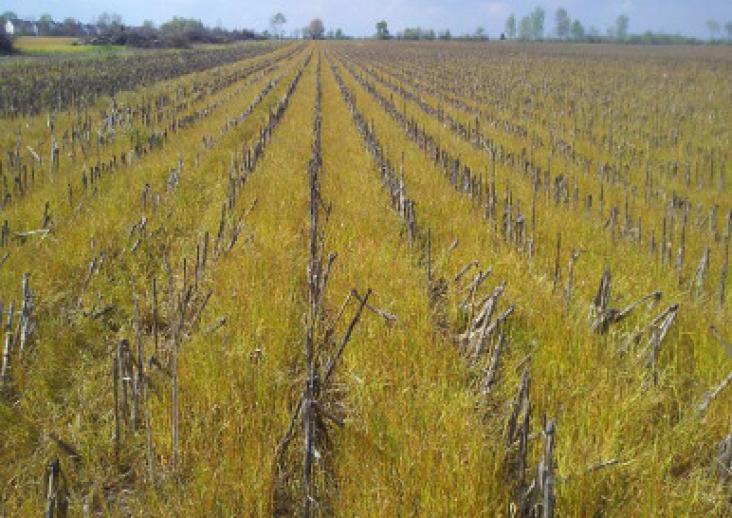
Comparative Biochemistry and Physiology Part - C: Toxicology and Pharmacology, Volume 235, September 2020

Climate, land use and land cover (LULC) changes are among the primary driving forces of soil loss.

Tillage is the most common agricultural practice dating back to the origin of agriculture. In recent decades, no-tillage (NT) has been introduced to improve soil and water quality.



Over the past five years, we have used data and analytics to help the research and healthcare communities navigate the sea of research and to put collaboration, both interdisciplinary and internati
